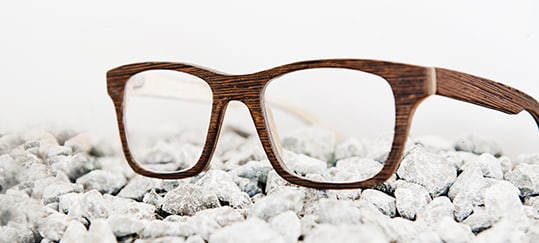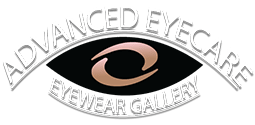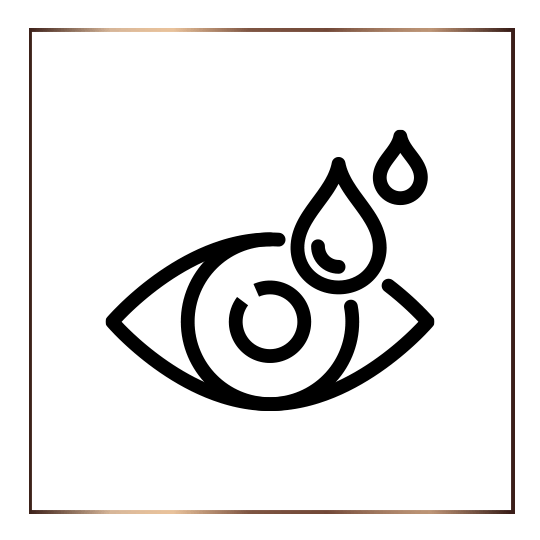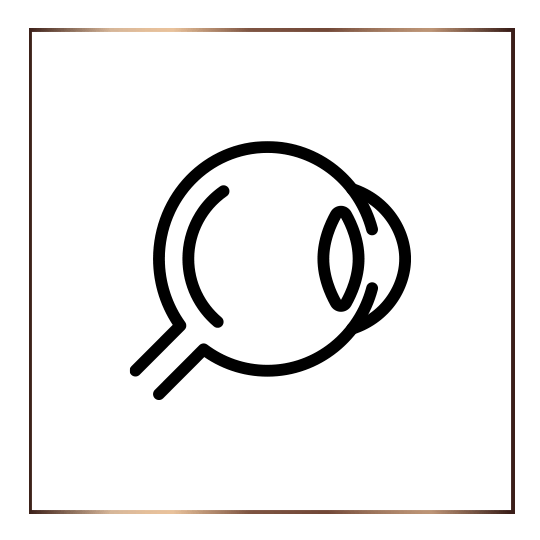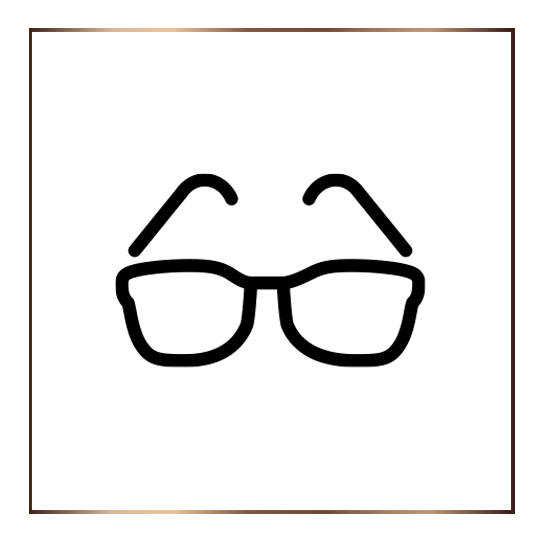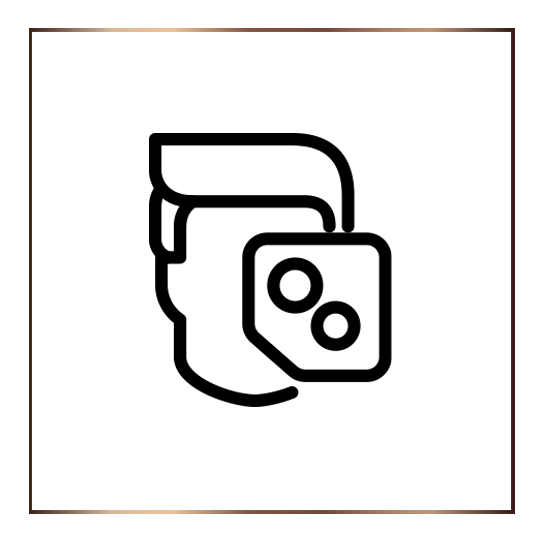Your Home for Eye Care

Since 1952, Advanced Eyecare & The Eyewear Gallery has been a big part of the Myrtle Creek community. The patient experience is our priority, and we pride ourselves on delivering a high standard of customer service.
Through comprehensive services like dry eye treatment, eye disease management, and an extensive optical boutique, we’re here to help you. Contact us to schedule your appointment today.
Request Appointment
Dry Eye Relief for Our Patients
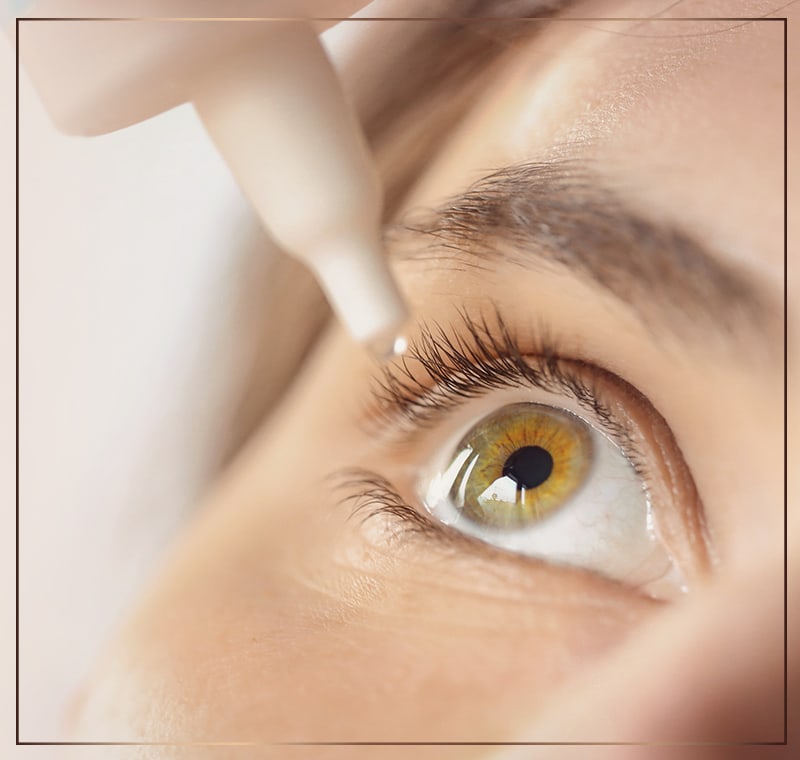
Dry eye can be challenging to manage, but the good news is you don’t have to face it alone. At Advanced Eyecare & The Eyewear Gallery, we offer treatment options to help you find relief from dry eye symptoms.
We can address your dry eye needs through treatment methods like OptiLight by Lumenis, advanced testing, and other treatment options.
Learn more about how dry eye affects you and how we can help manage dry eye disease today.
Dry Eye Treatment
OptiLight by Lumenis

Our Location

Our Address
- 425 N Main Street
- Myrtle Creek, OR 97457
Contact Information
- Phone: 541-863-5258
- Fax: 541-863-6000
- Email: [email protected]
Our Hours
- Monday: 9:00 AM – 5:30 PM
- Tuesday: 9:00 AM – 5:30 PM
- Wednesday: 9:00 AM – 5:30 PM
- Thursday: 9:00 AM – 5:30 PM
- Friday: 9:00 AM – 2:00 PM
- Saturday: Closed
- Sunday: Closed
Monday – Thursday between 12:00 PM – 1:00 PM

Our Brands

